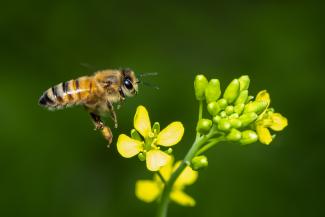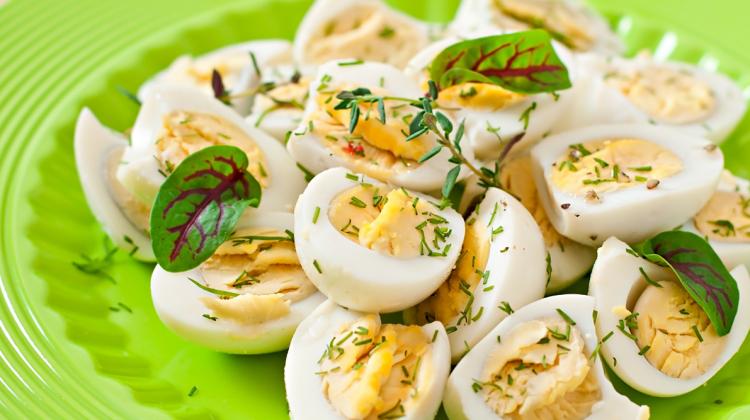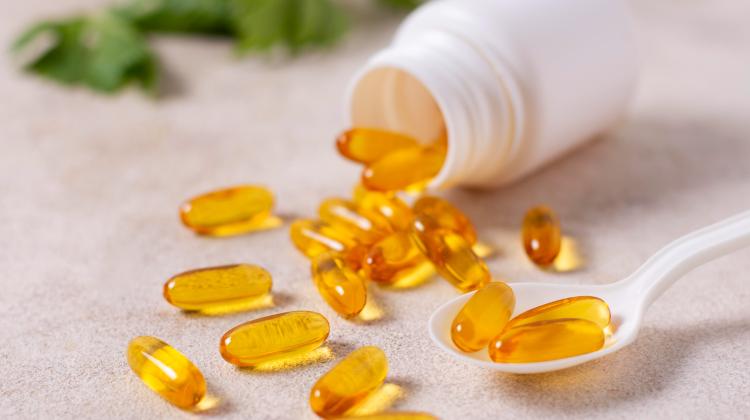Due to the awareness of threats posed by the development of civilisation, the use of bee products in health care and human nutrition supplementation is becoming increasingly popular, as they are associated with ecology and the natural environment they come from. Harvested and produced by bees, they act as stimulants for the proper functioning of the organism and are a valuable supplement to the human diet.
For 15 thousand years, man has been treated with bee products, but it turns out that honey is not the only bee product that has a beneficial and scientifically proven effect on our health. The unique structure of a beehive and the specific hierarchy of its inhabitants have fascinated scientists for years. It turns out that what distinguishes worker bees from queen bees, who live much longer than the latter, is food. The royal jelly (RJ), which is fed to the queen, ensures her vitality and longevity.
Royal jelly has been used for generations in folk medicine as a great nutrient. References to it can already be found in ancient times. The Greeks believed that royal jelly was part of ambrosia. It was a luxury good, even more expensive than gold. As a nutrient, royal jelly was rediscovered in the mid-20th century, mainly in connection with the treatment of infertility, and in the 1960s it was recognised as a miracle potion for preserving youth.
Royal jelly resembles mammal milk and is in the form of a thick, light cream to pale yellow suspension. It is heavier than water and has an acidic reaction (pH 3.4 - 4.3). It is soluble in ethanol, acetone and ether.
What makes royal jelly such a wonderful life potion?
What distinguishes it from other bee hive gifts is its unique chemical composition.
Royal jelly is rich in nutrients essential for the proper functioning of our body. Its composition varies and is variable, but it is assumed that it contains about 65% water and 35% dry matter, which consists of 13.5% protein, 3.7% lipids, 12% carbohydrates and about 3% other organic substances (mainly lactic and propionic acid) as well as 1.2% mineral compounds and a small amount of polyphenols. Of particular interest is the group of royal jelly proteins (Major Royall Jelly Proteins MRJPs), consisting of 9 different glycoproteins, composed of up to 45% essential amino acids.
By consuming royal jelly, we provide our body with 150 active substances, which have a very beneficial effect on our health. Royal jelly is rich in B vitamins, which play an important role in the metabolism of muscles, liver, kidneys and brain cells. It has been proven that vitamin B5 found in royal jelly can help reduce stress levels. Minerals worth mentioning are zinc, copper, manganese and iron, as well as sulphur, potassium and phosphorus. Royal jelly is the only natural source of the neurohormone acetylcholine, which has beneficial effects on diseases related to the nervous system and serves as a neurotransmitter. The fat fraction of royal jelly is particularly interesting due to its composition. About 80-90% of this fraction consists of extremely rare free fatty acids with an unusual structure. Instead of the carboxylic acids with 14-20 carbon atoms commonly found in animals and plants, the milk contains short hydroxy fatty acids with 8-12 carbon atoms in the chain and dicarboxylic acids. The main fatty acid is 10-hydroxy-2-decenoic acid (10-HDA), the presence of which has not been recorded in any other natural material, or even in any other product of bee origin. 10-HDA protects the body against pathogens (bacteria, fungi, viruses) and helps eliminate them, as well as having anticancer properties.
In addition, royal jelly contains high levels of gamma-globulins, which support the immune system and protect against infections. It also contains small amounts of sex hormones (estradiol, progesterone and testosterone), nucleotides (adenosine, uridine, guanosine, iridine, cytidine, AMP, ADP, ATP) and the nucleotide N1-oxide AMP, which is characteristic only of royal jelly.
So, what valuable health-promoting properties does this elixir of life from the hive possess?
Royal jelly is attributed with a number of health-promoting properties, the most important of which include:
- intensification of metabolic processes and tissue renewal,
- supporting the treatment of neurological and especially neurodegenerative diseases, such as Alzheimer's or Parkinson's disease,
- exerting a beneficial influence on the central nervous system by enhancing the activity of the cerebral cortex, for which γ-aminobutyric acid, which plays an important role in the conduction of nerve impulses, is responsible. As a result, the milk induces stimulation and a state of physical and mental renewal,
- antiviral, antibacterial and anthelmintic effects. Thanks to this, it can be used in the treatment of respiratory diseases and as a substance supporting the immune system,
- beneficial effect on the heart and circulatory system, it is recommended in ischemic heart disease, atherosclerosis of coronary arteries and during rehabilitation after myocardial infarction,
- anti-diabetic effect, preventing gout and protecting liver tissue from toxic substances poisoning,
- natural cosmetic is used to regenerate and moisturise the skin.
Royal jelly should therefore be used especially by people who want to cope better with the effects of stress and who wish to have more energy for action and ensure their vitality and longevity.
The variety of applications where the health-promoting potential of royal jelly (RJ) may be used gives this new food great industrial significance, the use of which has been undertaken by workers of the Institute of Food Technology and Analysis of Lodz University of Technology from the Starch and Sugar Industry Technology Team.





